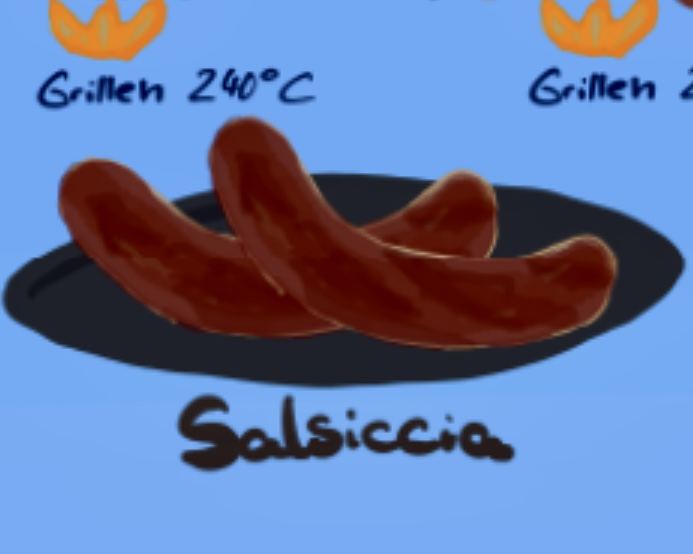Authentic German Bratwurst Recipe
Juicy and flavorful, a classic sausage perfect for grilling or pan-frying.Instructions: Tap the Map & Cook Along 👇
German Bratwurst: A Culinary Staple with a Rich Heritage
In the vast and varied world of sausages, the German Bratwurst holds a special place. A culinary staple in Germany, this beloved sausage has conquered palates around the globe with its savory flavor, versatility, and rich cultural heritage. But what makes the Bratwurst stand out among its sausage peers? Let's delve into the history, varieties, and culinary wonders of the German Bratwurst, a simple yet profound testament to Germany's rich food tradition.
The History of Bratwurst
The Bratwurst dates back to the early medieval times, making it one of the oldest forms of processed food. Its name is derived from Old High German, where "brät" meant finely chopped meat, and "wurst" meant sausage. Though the exact origin is debated, regions like Franconia, Thuringia, and Nuremberg claim to have been the cradle of this sausage, each offering its unique twist on the recipe. The Bratwurst has been a part of German cuisine for centuries, evolving with time but always retaining its cherished spot at the German table.
The Many Varieties of Bratwurst
One of the fascinating aspects of the Bratwurst is its diversity. Germany boasts hundreds of variations, each region proud of its unique version. These range in size, meat types, seasonings, and preparation methods. For instance:
Nürnberger Bratwurst: Small in size but big in flavor, traditionally served six at a time with sauerkraut or potato salad.
Thüringer Bratwurst: Known for its distinctive spices like marjoram and caraway, this variety is often enjoyed grilled over a wood fire.
Fränkische Bratwurst: A larger sausage that contains a mix of pork and beef, seasoned with marjoram.
Each variety tells a story of its origin, reflecting local tastes, traditions, and the history of the region.
Cooking and Serving Bratwurst
The versatility of Bratwurst is evident in the myriad ways it can be cooked and served. Whether grilled, fried, boiled, or roasted, Bratwurst is a crowd-pleaser. A classic serving method is to have it with a side of sauerkraut and mustard, encased in a crispy roll for the perfect Bratwurst sandwich. However, modern culinary creativity has seen Bratwurst making appearances in everything from salads to stews, showcasing its ability to complement a wide range of flavors and dishes.
Bratwurst: A Cultural Icon
Beyond its taste, Bratwurst is a symbol of German culture, celebrated in festivals and gatherings across the country and the world. The annual Nuremberg Bratwurst Festival is a testament to its cultural significance, drawing thousands of sausage enthusiasts. Moreover, the Bratwurst has become a favorite at global German-themed markets and festivals, serving as a delicious ambassador of German culinary tradition.
Conclusion
The German Bratwurst is more than just a sausage; it's a cultural artifact, a symbol of regional pride, and a beloved food that transcends borders. Its rich history, diverse varieties, and culinary versatility make it a fascinating subject for any food lover. Whether you're enjoying a simple grilled Bratwurst at a backyard barbecue or savoring a regional specialty in the heart of Germany, the Bratwurst is sure to offer a delicious glimpse into the heart of German cuisine. So next time you bite into a juicy Bratwurst, remember, you're not just tasting a sausage, but a piece of culinary history.

